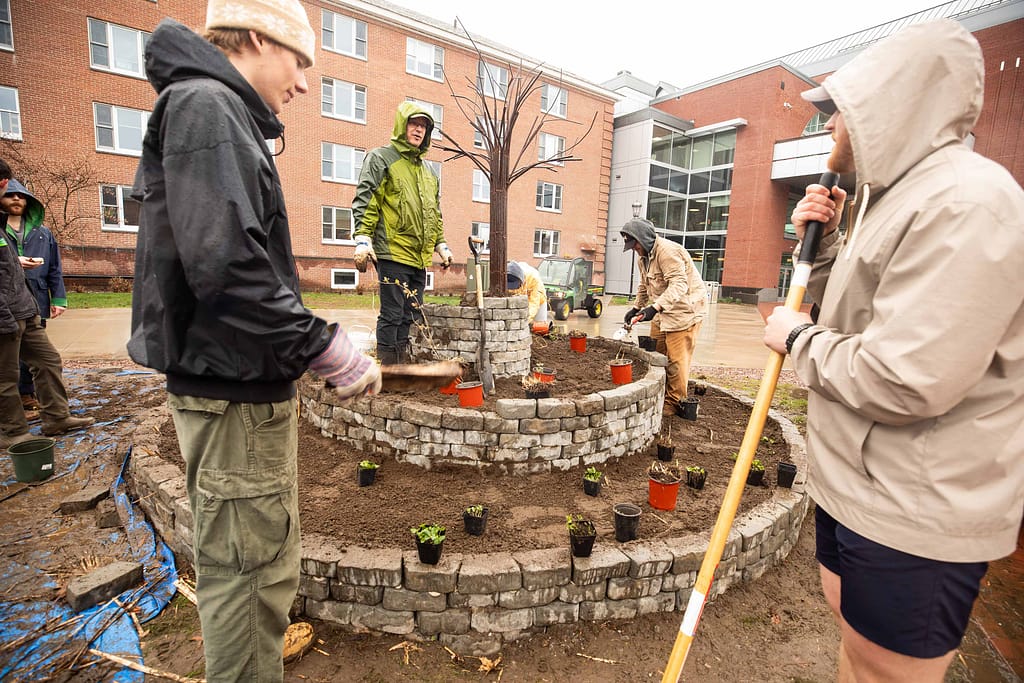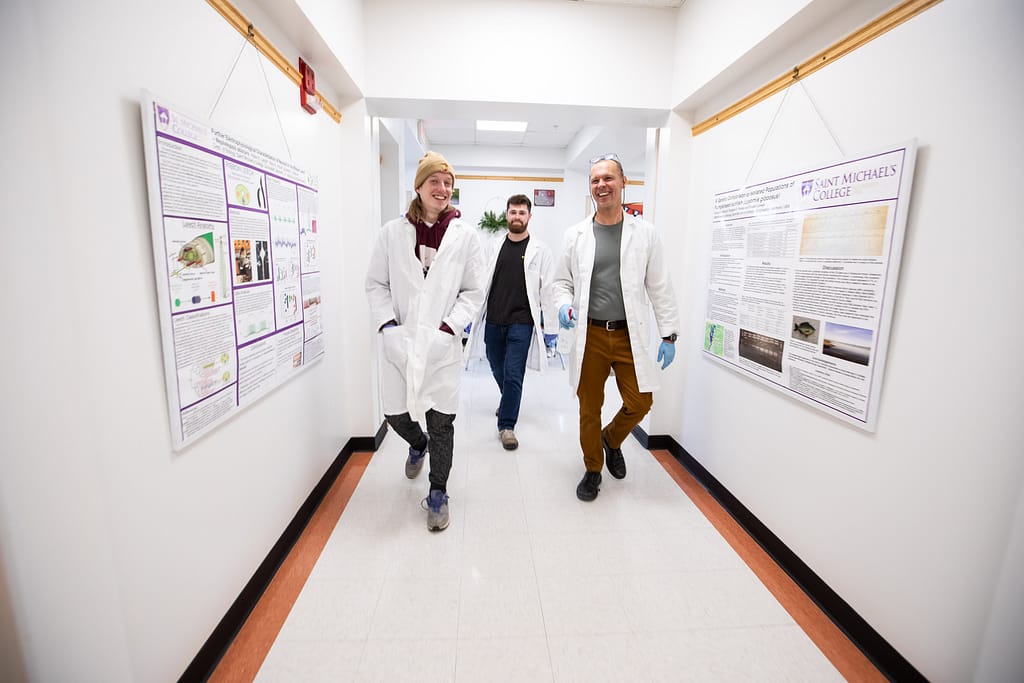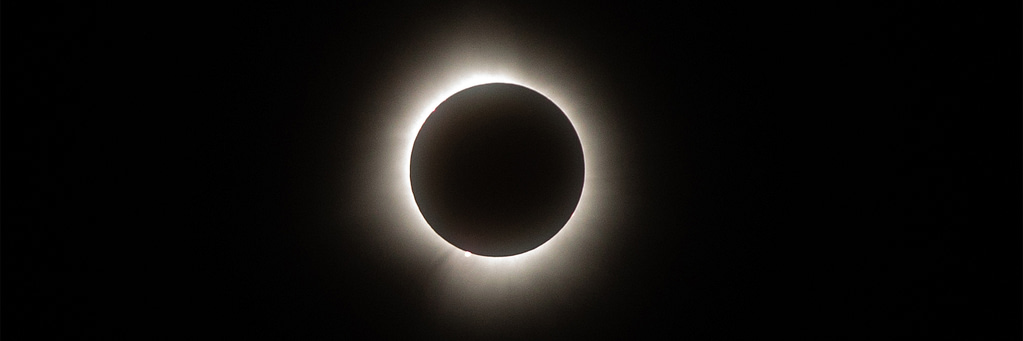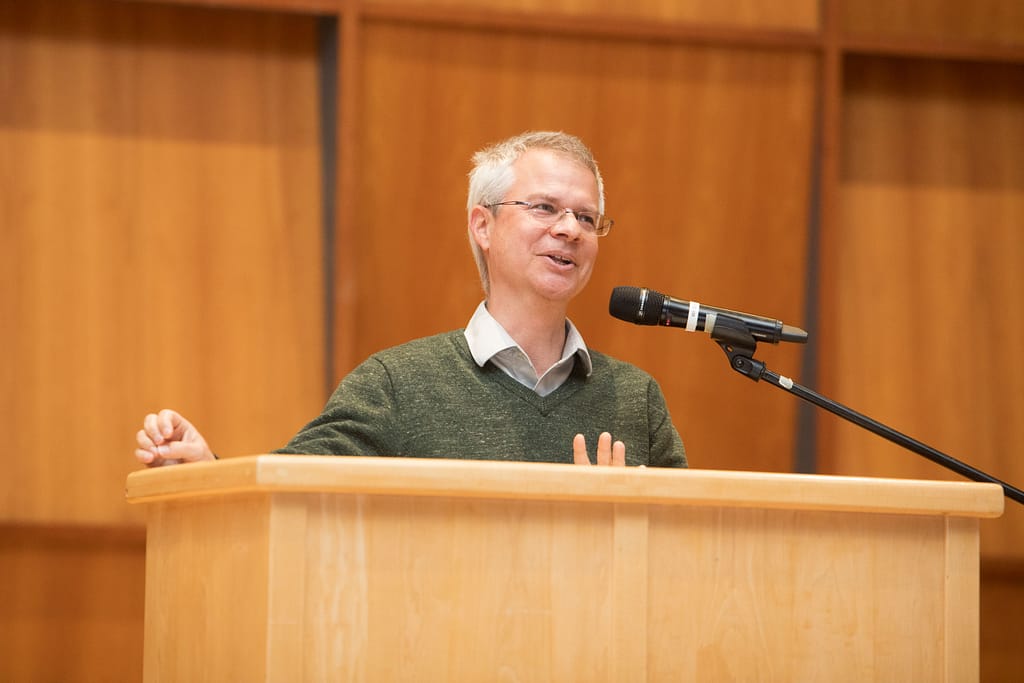Campus springs to life with multiple May tree-planting events
Professors McCabe and Stanger oversee activity in the College Natural Area as infrastructure upgrades start to make a difference through federal easement and funding
“We’ve been putting in some serious trees this week,” said biology Professor Declan McCabe Wednesday about a recent happy flurry of planting events — mostly in the College Natural Area over several days of this first week in May — but also on Arbor Day (April 29).
Trevien Stanger of the environmental studies faculty – McCabe calls him “the Lorax” after a tree-honoring Dr. Seuss character given Stanger’s passion and deep knowledge about trees – was the primary mover and shaker of all these recent spring tree events, though McCabe has a regular hand in it too as chief steward of the Natural Area.
Check out the video for some tree planting in action:
The most “serious” trees in terms of size, maturity and related new infrastructure to keep them safe and watered were a group of mostly fruit trees, obtained through a grant thanks to an application by student Anna Beach ’22 to the Society for Ecological Restoration. Those larger trees were to be planted on Thursday, which turned out to be a perfect cool sunny day. To keep deer from eating them and other new young Natural Area trees, McCabe said, funds from a federal grant last year will help with installing an electric fence powered by solar, as well as a watering system that includes a cistern and refurbished pump at the old organic garden site within the Natural Area.
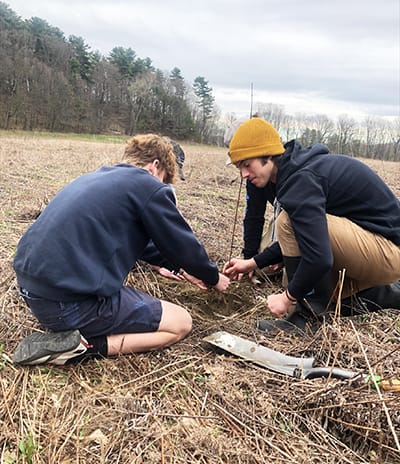
Students plant a tree in the Natural Area early this past week. (Photos by Trevien Stanger)
Most trees planted this week came from the environmental group 350.org at the initiative of the campus Environmental Club called GreenUp. “The big goal is to capture carbon,” said McCabe, “so we’re putting in a whole lot of knee-high young trees with lots of growth potential to suck up carbon, which is a good goal.” It was Stanger leading the GreenUp volunteers Monday with McCabe bringing a class of biology students to do planting Tuesday as a semester-ending treat. “The ones we were putting in over the last three days were all native trees to Vermont and pollinators for the food web: sugar maples, river birch, larch, white spruce, and lots of other native trees to Vermont,” he said. “Our specific intent in putting these in was to provide food for entire food web, essentially – it just is classic biology, even though people most often plant trees based on how they look pretty in their yard.”
Since his class of planters is mainly sophomores, McCabe said, they will be able to enjoy seeing how much they grow before graduating in two years. “We showed them trees we planted in 2019 that are already 14 feet tall and we put them in knee-high, so that’s cool,” he said. Stanger joined both groups, McCabe said. “He has a nice sense of ceremony about these events,” providing the students important and well-articulated perspective on the aesthetics, environmental impacts and even spirituality of trees.
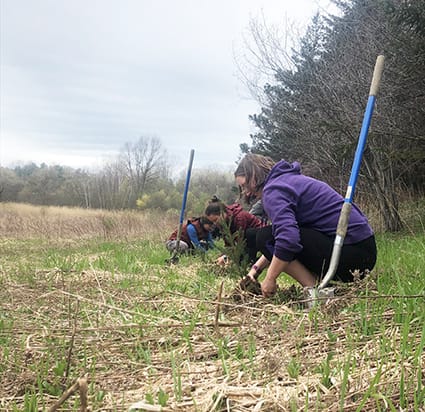
Shovels were indispensable for recent tree planting activities, as were crews of student planters.
“He’s been the longest and best collaborator with me since I’ve been here and it’s been a whole lot of fun,” McCabe said. They managed to put in about 30 trees each day with the students. “We show up with a shovel and bag of trees, a mix of species that they can put wherever they want, while we move around with mulch,” McCabe said, adding that they got ponchos from the Admission Office to keep students drier on the one day that was rainy.
“A lot of things we’d like to do in the Natural Area we haven’t the infrastructure for yet,” said McCabe. He explained how the recent watering system and electric fence upgrades are early steps to change that, since last year’s important federal easement for the Natural Area and associated funds are now starting to have more impact on the budget in such projects.
One other joyful tree project on Vermont’s Arbor Day (always the last Friday in April) was the planting of a large and beautiful tulip poplar by the chapel that day to honor the retiring longtime faculty philosopher Peter Tumulty at the initiative of Tumulty’s family and a gift through Institutional Advancement..
“I recommended the tulip poplar since with changing climate is a really good tree from a little farther south, but in 20 to 40 years it will super happy here,” McCabe said, adding that these attractive trees “grow, straight like telephone poles with beautiful tulip-like flower” – another is planted by the Hoehl Welcome Center nearby. The new one already is nearly 14 feet high.
McCabe said it also was gratifying recently for the College to be recognized by the Arbor Day Foundation as a “Tree Campus,” which was no small achievement. “We put in an application over winter break and put a committee together with faculty, student and facilities representatives, a budget and an external community member as required, along with an Arbor Day ceremony with the tulip poplar planting — all documented,” he said.
He said beyond bragging rights with the designation, it will bolster other environmental ratings such as STARS that environmentally minded prospective students weigh heavily in choosing where to attend.
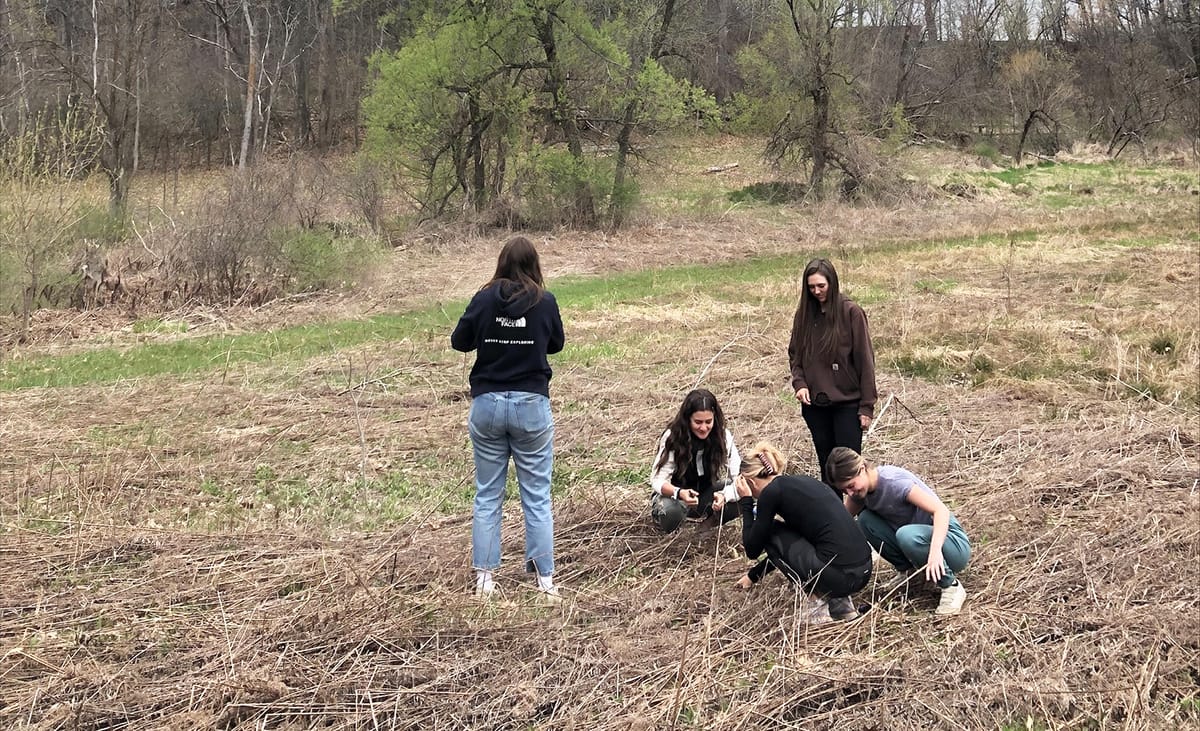
The students who plant together grow together.

